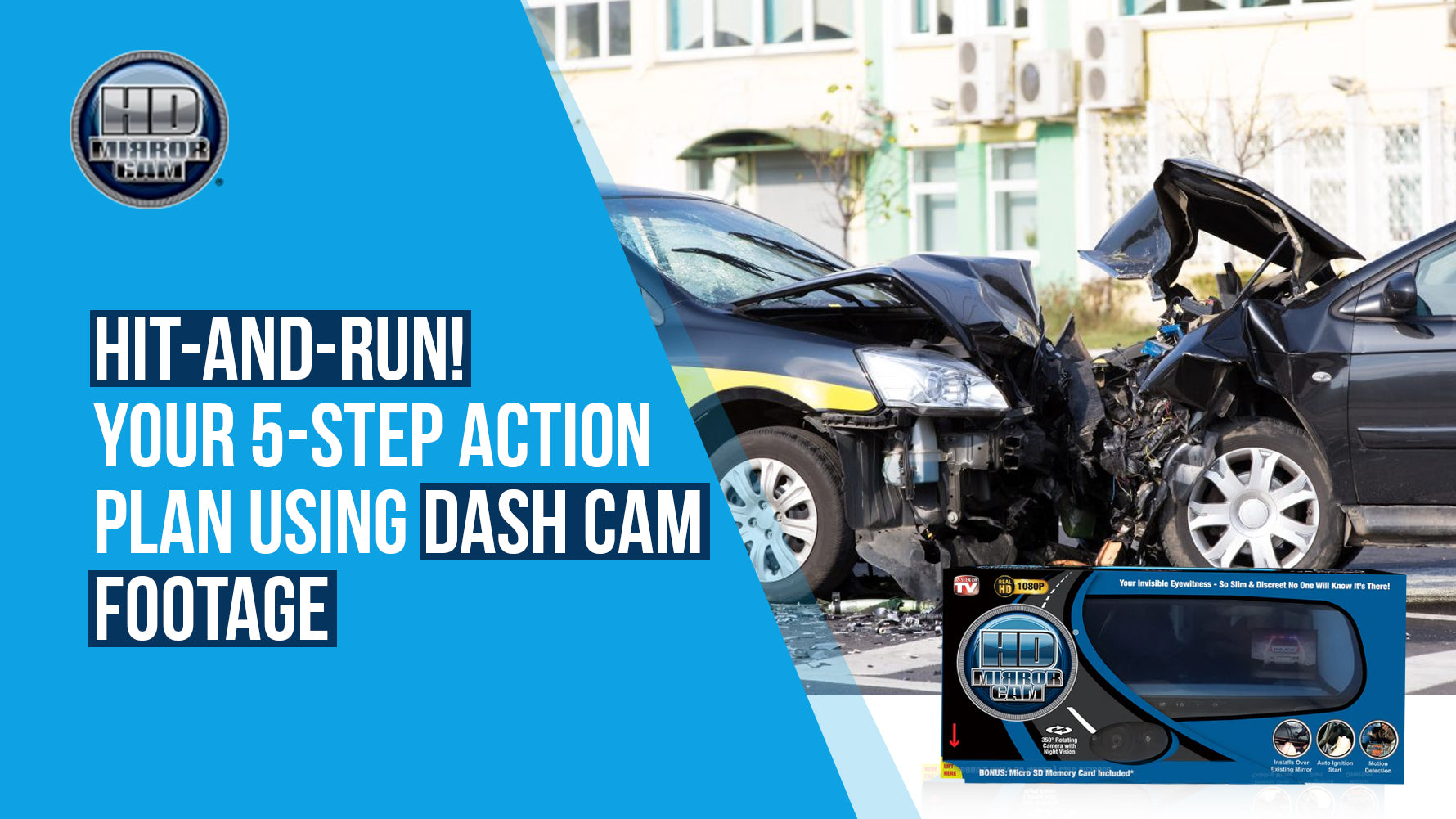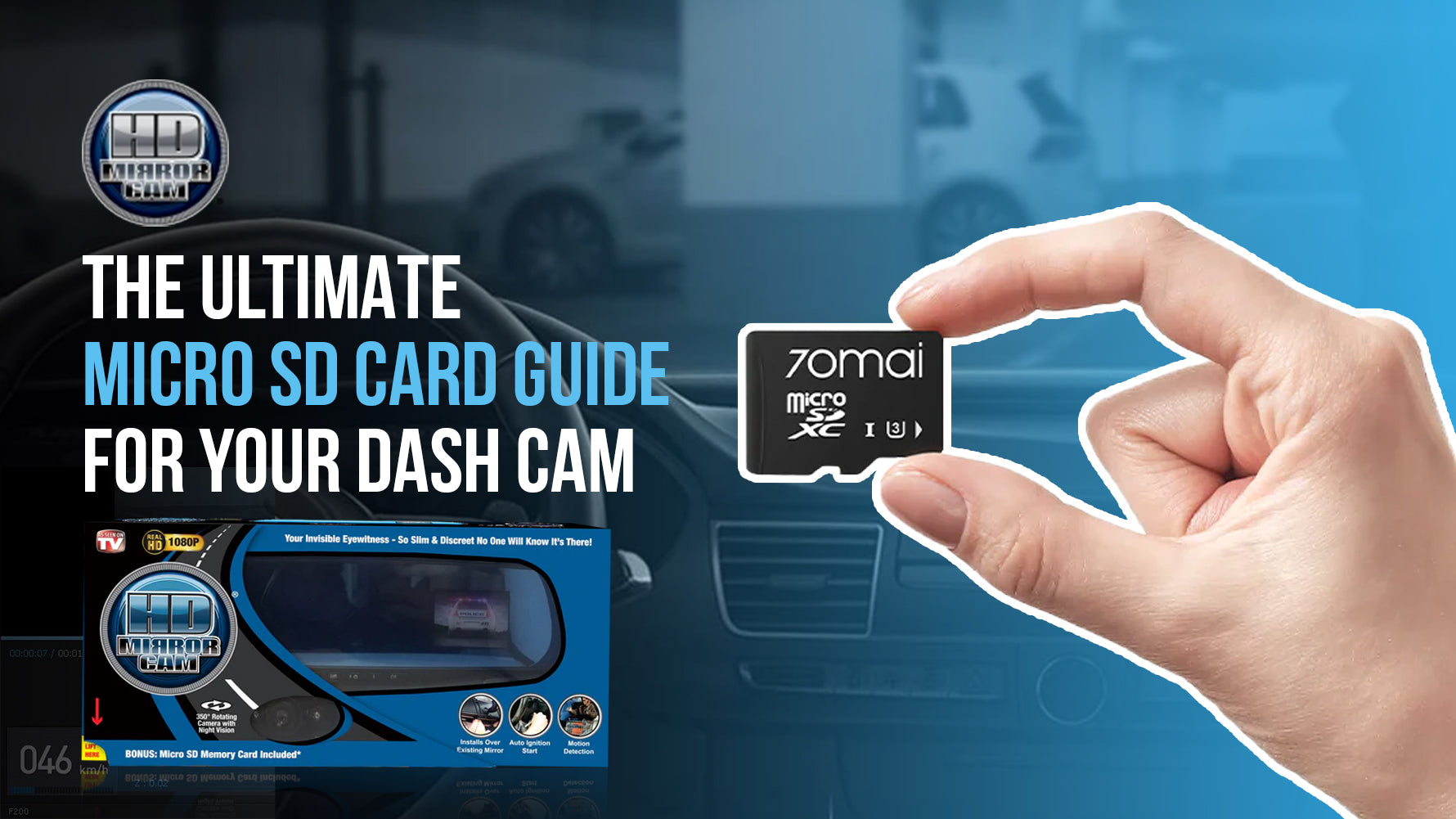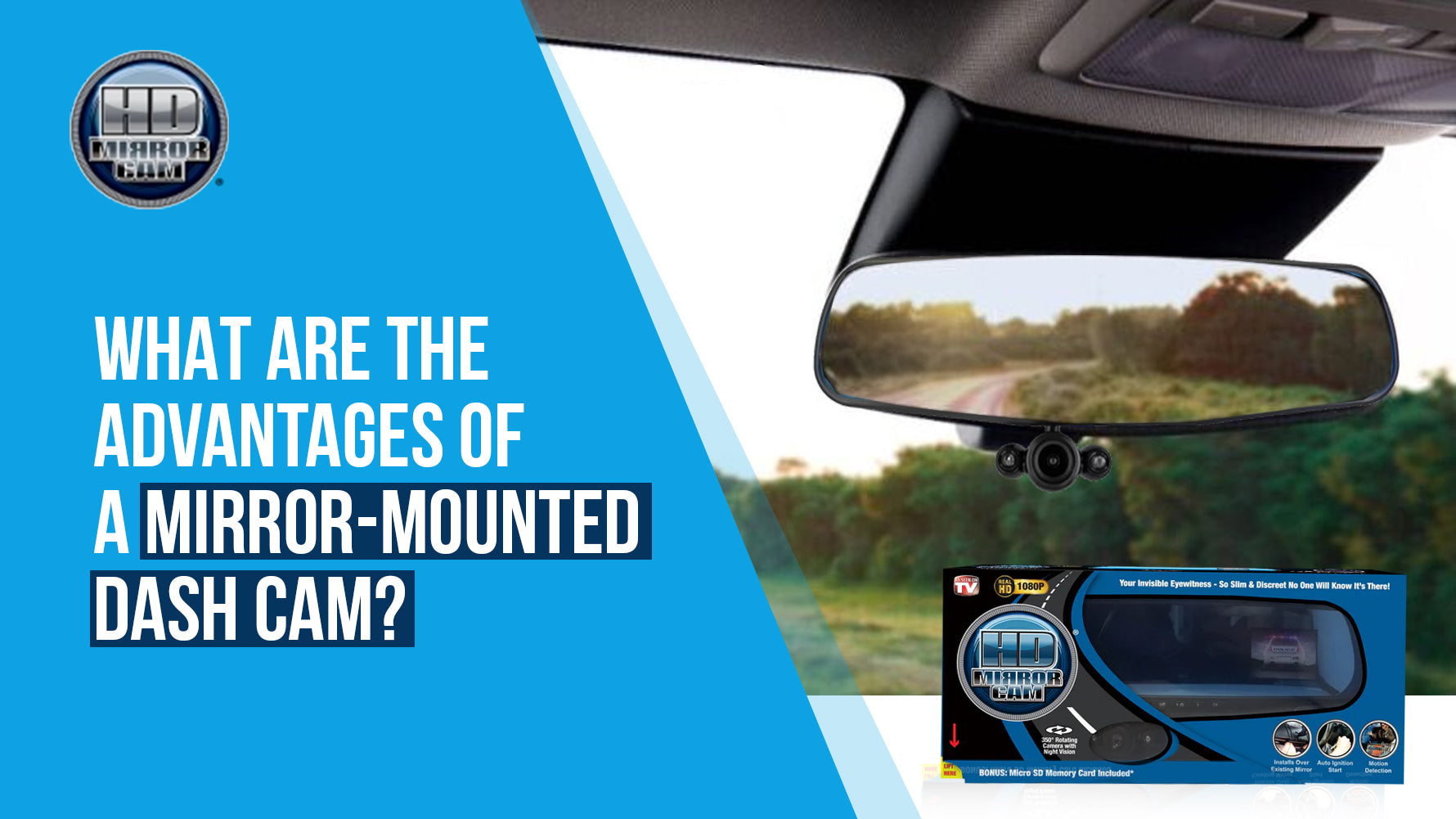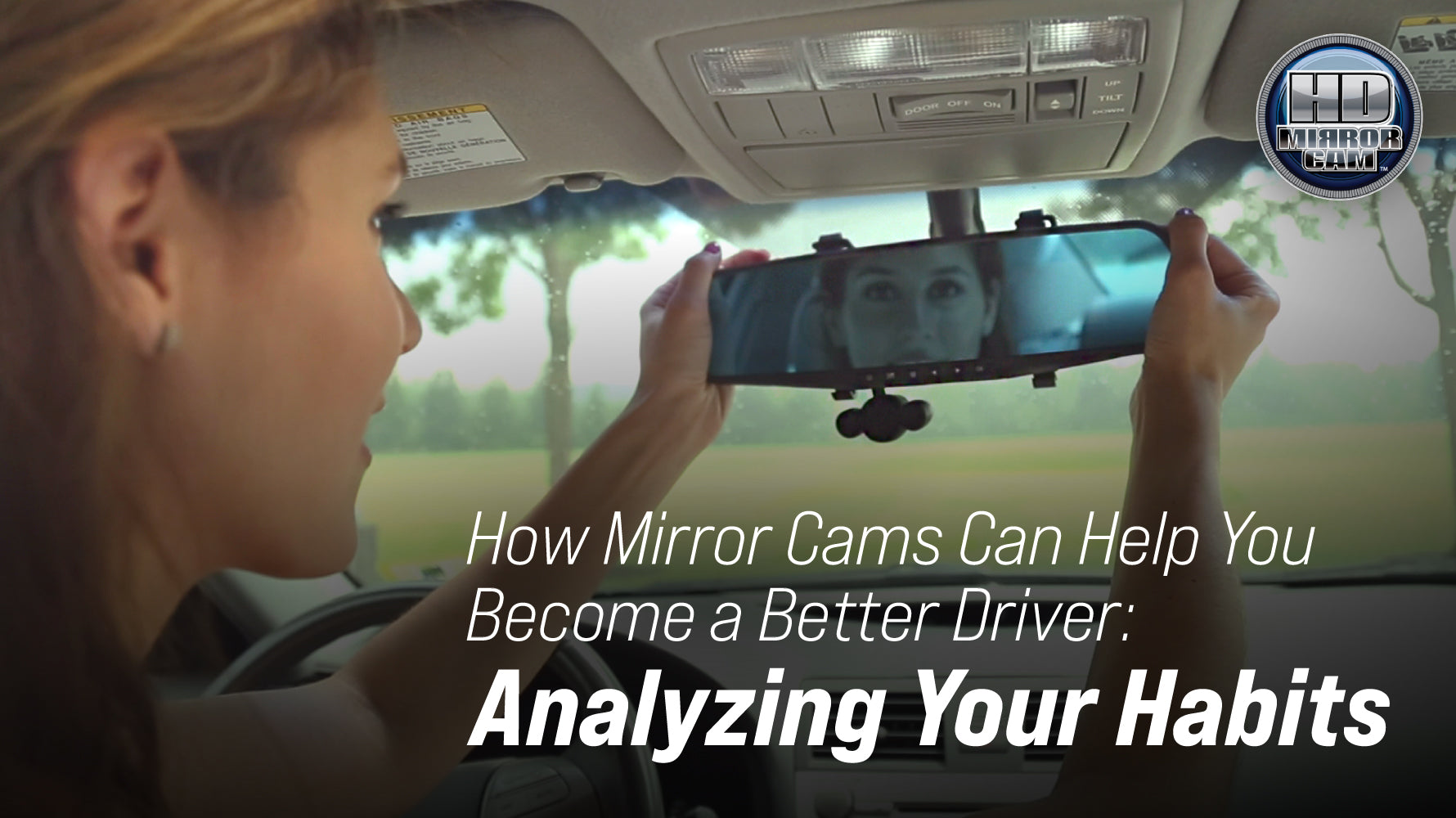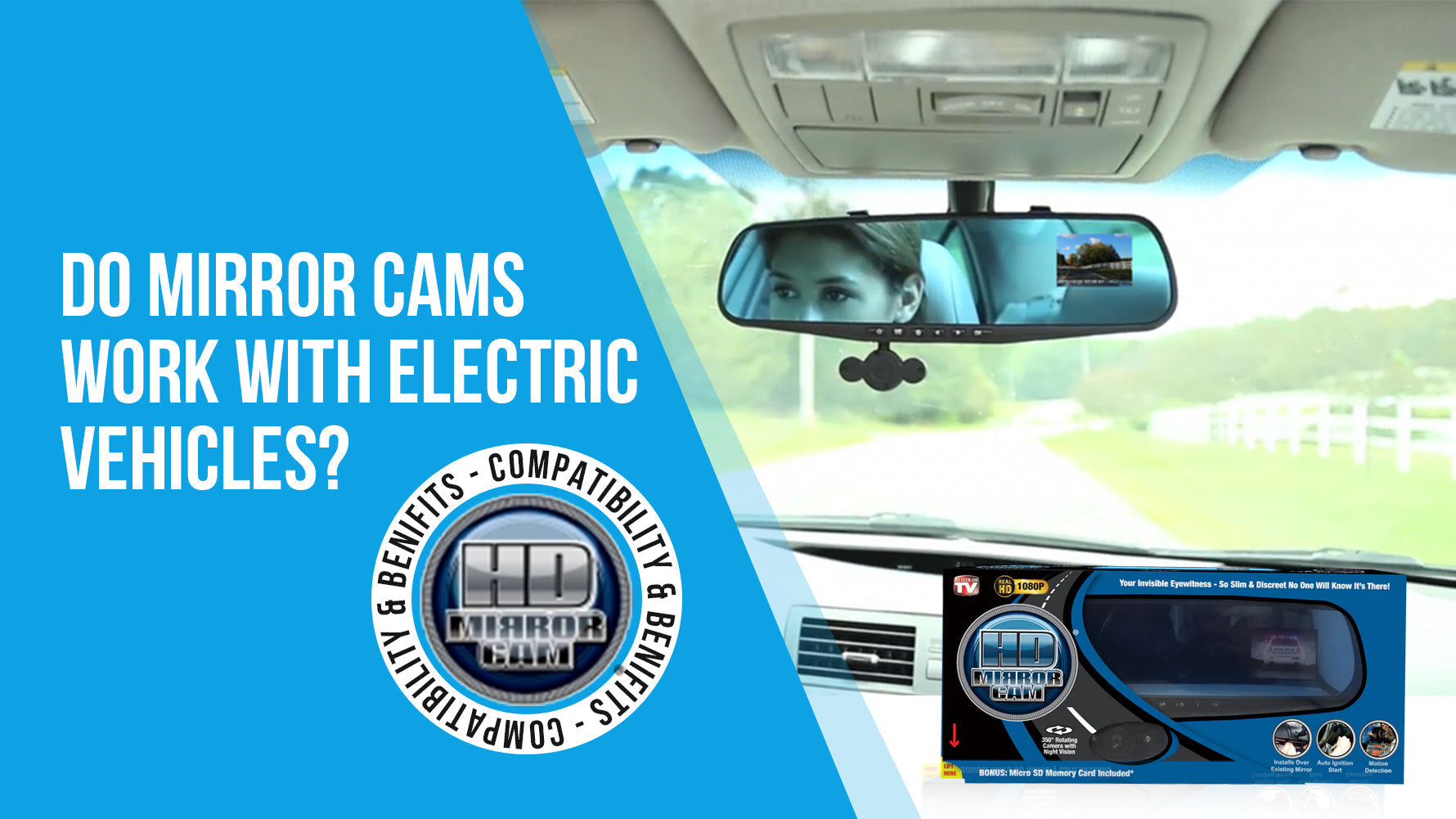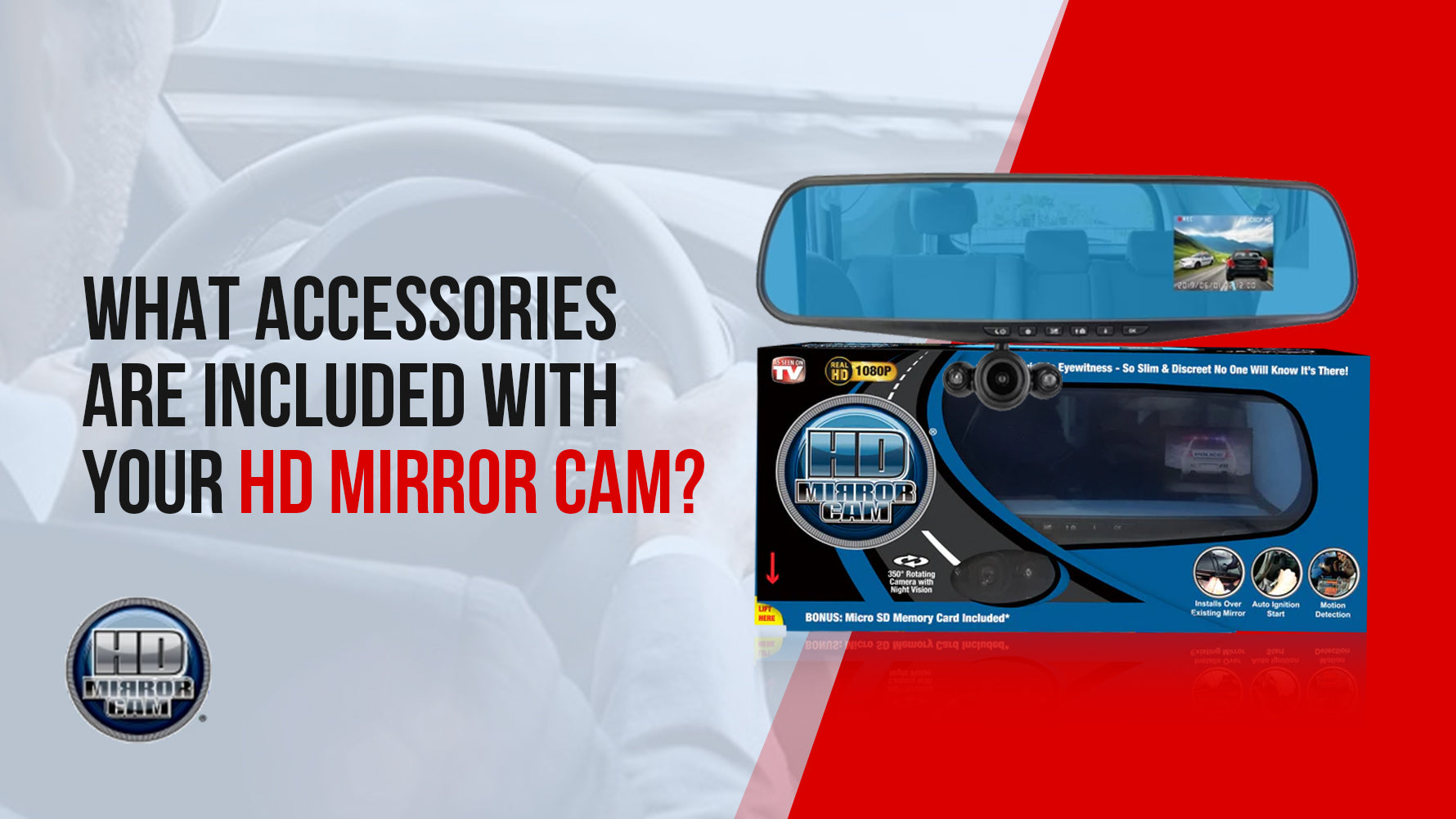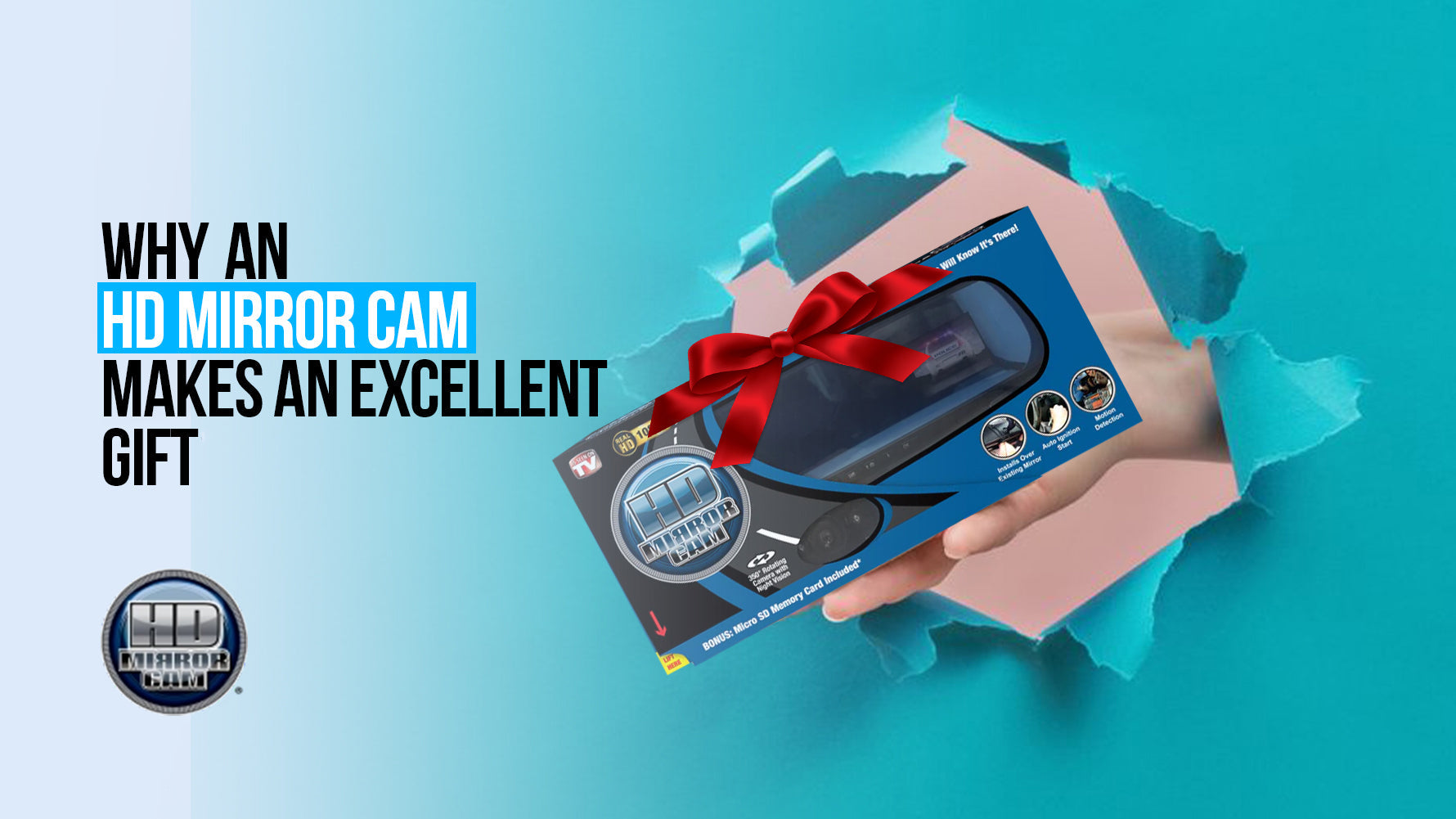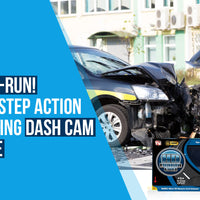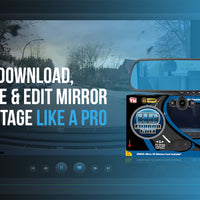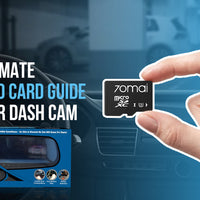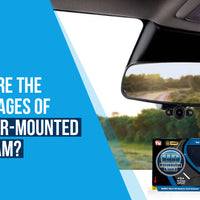Summary Dash cams can be your strongest ally after a hit-and-run, giving you clear evidence to protect your rights and speed up insurance claims. Step 1: First, make sure you're safe. Check for i...
Continue ReadingNews
How to Download, Organize & Edit Mirror Cam Footage Like a Pro
Summary Download footage quickly using microSD, USB, or Wi-Fi to avoid losing important clips. Stay organized with clear folders, consistent file names, and reliable backups (cloud + external driv...
Continue ReadingThe Ultimate Micro SD Card Guide for Your Dash Cam
Summary Use high-endurance cards as they handle nonstop recording, heat, cold, and last longer than regular ones. Pick the right size: 32–64GB for short trips, 128–256GB for daily driving, 512GB+ ...
Continue ReadingCar Mirror Cams and Child Safety: Monitoring Your Family on the Road
Summary: Car mirror cams let parents watch kids in real time with clear HD video, keeping eyes on the road. Night vision helps see children clearly in the dark, even during night drives. Features ...
Continue ReadingWhat Are the Advantages of a Mirror-Mounted Dash Cam?
Summary: Mirror-mounted dash cams combine a rearview mirror with dual cameras for full road coverage and reduced blind spots. They keep your windshield clear, avoiding clutter and potential leg...
Continue ReadingHow Mirror Cams Improve Your Driving Habits
Summary Mirror cams provide a wider view and night vision, enabling you to spot dangers and reduce blind spots. Recorded videos help drivers check their habits, like mirror use or lane changes, ...
Continue ReadingDo Mirror Cams Work with Electric Vehicles? Compatibility and Benefits
Summary Mirror cams integrate seamlessly with EV power systems and in‑dash displays without draining the battery. They improve EV efficiency by reducing drag with a sleek, aerodynamic design. Wi...
Continue ReadingWhat Accessories are Included with Your HD Mirror Cam?
Summary The HD Mirror Cam includes all necessary accessories for setup and immediate use. Key items include the camera unit, power cable, mounting straps, wire clips, and a card reader. Each...
Continue ReadingWhy an HD Mirror Cam Makes an Excellent Gift
Summary Combines safety, convenience, and affordability in one practical device Doubles as a mirror and dash cam with clear 720p recording and night vision Easy to install and operate, ideal ...
Continue Reading
